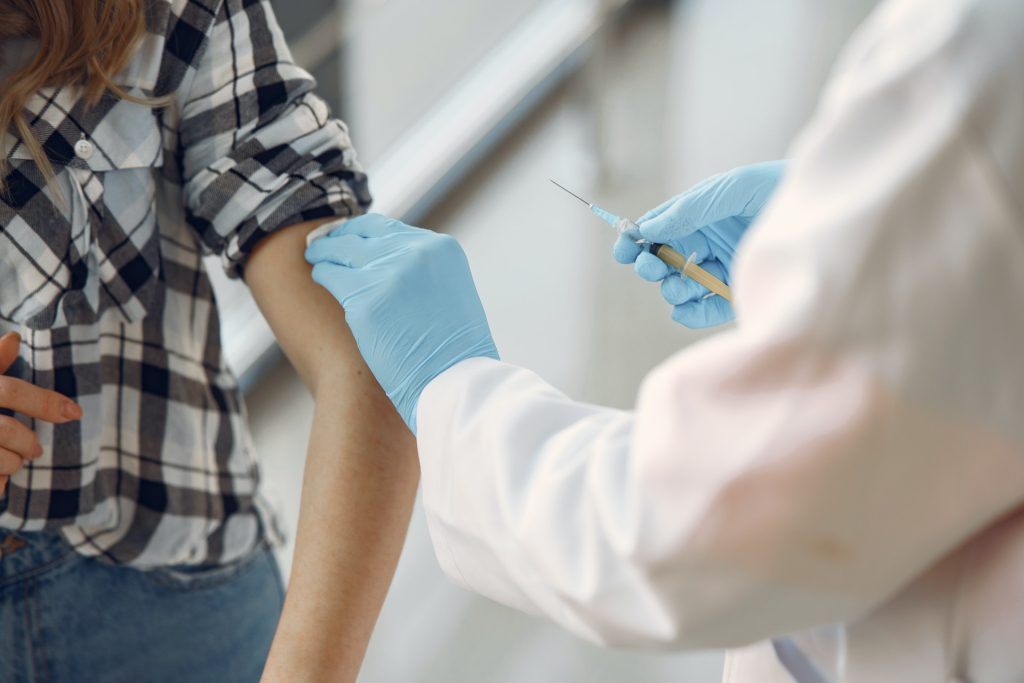The scuttlebut among healthcare workers is that the second dose of a COVID vaccine hits much harder than the first – unless you’ve had COVID, in which case the first is equally as bad.
TJ Maltese, DO, a neurologist in private practice on Long Island in New York state, was fine with the first dose of the Moderna vaccine but was flattened by the second one.
Dr Maltese got his second jab on a Friday at 4:30 pm. Within two hours his arm was sore. Overnight, he developed flu-like symptoms, and on Saturday experienced chills and body aches, with a lingering fever. He could have pushed through if he’d had to work, he said, but he rode out his symptoms on his couch with the help of the occasional painkiller.
By 9 pm on Saturday evening, Dr Maltese started to feel better, getting a good night’s sleep and on Sunday was fine again.
“I know plenty of people with minimal symptoms after the second dose, so it’s not definite you’ll feel side effects,” he wrote in a Facebook post. “But be prepared for the possibility.”
Immunology and the phase III clinical trial data from the vaccine backs up the view that the second dose is worse, and some hospitals have even altered their scheduling to allow time for recuperation after the second dose. Adverse reactions to the BCG vaccine in Brazilian school children, for example, have been reported to be common with the second dose, though still rare.
Immunologists and infectious disease experts interviewed by MedPage Today and who shared their second-dose experiences said it’s not unexpected that second-dose reactions are more intense than the first. Typical reactions to the COVID vaccines include fever, headache and fatigue as the immune system responds to a vaccine’s antigens.
“The first time the immune system comes into contact with something, it’s getting primed,” said Purvi Parikh, MD, an immunologist at NYU Langone Health in New York City. “That goes for everything, from vaccines to allergies. It’s rare on the first time to have a strong reaction. After that, the immune system recognizes it, so you have a much stronger reaction.”
“We saw it in the trials, so it’s really not surprising,” Parikh added. “Now we’re seeing it in real time as the vaccines are being rolled out.”
More adverse effects were reported after the second dose in both Pfizer’s and Moderna’s phase III trial data. For Moderna, the rates were 54.9% versus 42.2% for placebo after the first dose and 79.4% versus 36.5% for placebo after the second dose.
Stanley Weiss, MD, an infectious disease specialist and epidemiologist at Rutgers New Jersey Medical School, told MedPage Today that because his institution served as a Moderna trial site, the primary investigator was able to give an early update on what to expect following vaccination.
“They said there was a very high rate of fatigue after the second dose, so we encouraged administrators … to figure that many healthcare workers getting the vaccine might not be well enough to work the day after the second dose,” Dr Weiss said.
Drs Weiss and Parikh both experienced a stronger response to the second COVID dose.
Zubin Damania, MD, aka ZDoggMD, said he was knocked out by the second dose of Moderna vaccine, joking on his show that, “I couldn’t sleep, I had a fever, rigors, body aches, a headache — full-on man-flu.”
Paul Offit, MD, said that he also experienced fever and fatigue after taking the second dose of the Pfizer vaccine.
“That reaction is less common in people over 65, and I’m over 65, so I’m thinking I’m not going to suffer that, but I did,” Dr Offit said.
Older people are not expected to have as intense a reaction due to their weaker immune systems. According to Dr Parikh, “The idea is that their immune system is not as robust as a young person’s.”
The same immunological underpinnings of why reactions to the second dose are worse also apply to those who’ve had COVID.
Victoria Arthur, MD, of Lexington Pediatrics in Massachusetts, had suspected she had contracted COVID in March 2020 but could not prove it. When she received the Moderna vaccine, she felt much worse than her colleagues.
“How I felt was how everyone else was describing their second vaccine,” Dr Arthur told MedPage Today. Within three hours of her jab, she was suffering from a headache, neck pain, and cognitive fog. She awoke at 3am with nausea and stomach cramps, and spent the whole of the next day in bed.
“I’m always grateful when I have a reaction, that means the body is doing its thing,” she said. “I’m very fortunate to have been given the vaccine, so any side effect is worth it.”
In spite of the side effects, these health care professionals all expressed gratitude at having been vaccinated.
Dr Weiss said that people shouldn’t be discouraged by the side effects from the second dose and not get vaccinated: “The benefits greatly overwhelm the risk of side effects. It’s not a reason to delay.”
Source: MedPage Today


